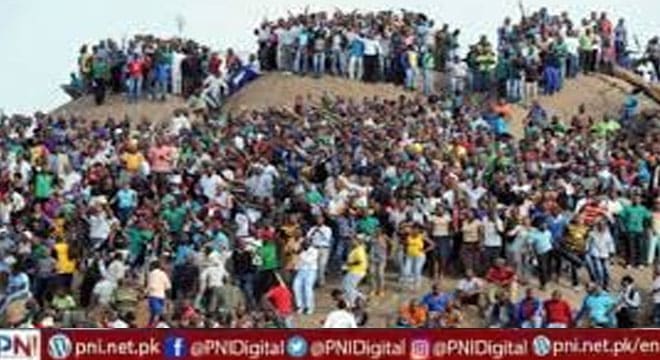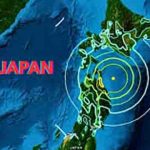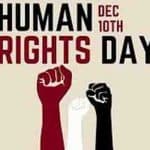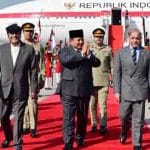Johannesburg, Aug 12 (AFP/APP): It starts with a tense standoff that will end up in slaughter.
Hundreds of police officers watch thousands of striking mineworkers gathers on a barren hill near South Africa’s Marikana platinum mine.
Some hold spears, machetes and wooden clubs.
It’s August 16, 2012, and tensions have been running high for days at the site run by the world’s third largest platinum company, Lonmin, about 100 kilometres (60 miles) northwest of Johannesburg.
Ten people have already died since a wildcat strike broke out after pay talks ended in deadlock with the London-listed operator.
The miners want their monthly salary tripled to 12,500 rand (the equivalent of $1,500 at the time). But the firm has until now rejected their demands.
Strikers are dissatisfied with their representation, as a battle for dominance between rival unions plays out in the background.
As morning arrives over the dusty landscape, police are prepared to finally break up the protest.
“Today we are ending this matter,” Lieutenant-General Zukiswa Mbombo tells journalists.
Over the previous days, workers who didn’t join the strike have been harassed, with one stabbed to death on his way to work.
Several strikers, two police officers and two Lonmin security guards have also been killed in confrontations.
Hundreds of police officers with assault rifles and armoured vehicles are now patrolling the area.
Just before four pm (1400 GMT), after hours of waiting, police start rolling out barbed wire fencing to push miners away from the hill.
Chaotic scenes ensue. Police fire teargas and stun grenades. Groups of miners seek escape routes while others attack police vans with spears and stones.
Television cameras are rolling with media gathered near a line of police from tactical response units.
Suddenly a small group of strikers appears between some bushes and an armoured vehicle, marching towards the line.
In front of the cameras roll, security forces open fire.
Hundreds of rounds crackle through the air before about 10 seconds later a police officer yells “cease fire”.
The hail of bullets throws up a blanket of dust.
As this settles, the lifeless bodies of more than a dozen miners appear on TV screens nationwide.
Some are injured and jerk in agony. No paramedics are there immediately to help.
Away from the cameras several other workers are gunned down in unclear circumstances.
Independent researchers would later conclude some had been shot while fleeing or attempting to surrender to the police. The final death toll is 34 workers and 78 more wounded.
It was the worst massacre since the end of apartheid in 1994, and for many South Africans it brought back memories of the brutal killings of black protesters that took place under white rule.
No police officers died or were seriously wounded on the day.
The local media, unions and academics describe it as a “massacre”, drawing comparisons with the 1960 Sharpeville massacre, when apartheid police killed 69 peaceful black demonstrators.
An official inquiry would later put much of the blame for the deaths on police tactics, finding the operation to forcefully remove the miners should not have gone ahead.
A commission tasked with investigating the incident cleared senior government officials of any culpability.
Current President Cyril Ramaphosa who at the time was non-executive director at Lonmin and had been accused by many of having a hand in triggering the deadly police operation, was also cleared.
Ten years on, no one has been charged over the massacre.
Follow the PNI Facebook page for the latest news and updates.








